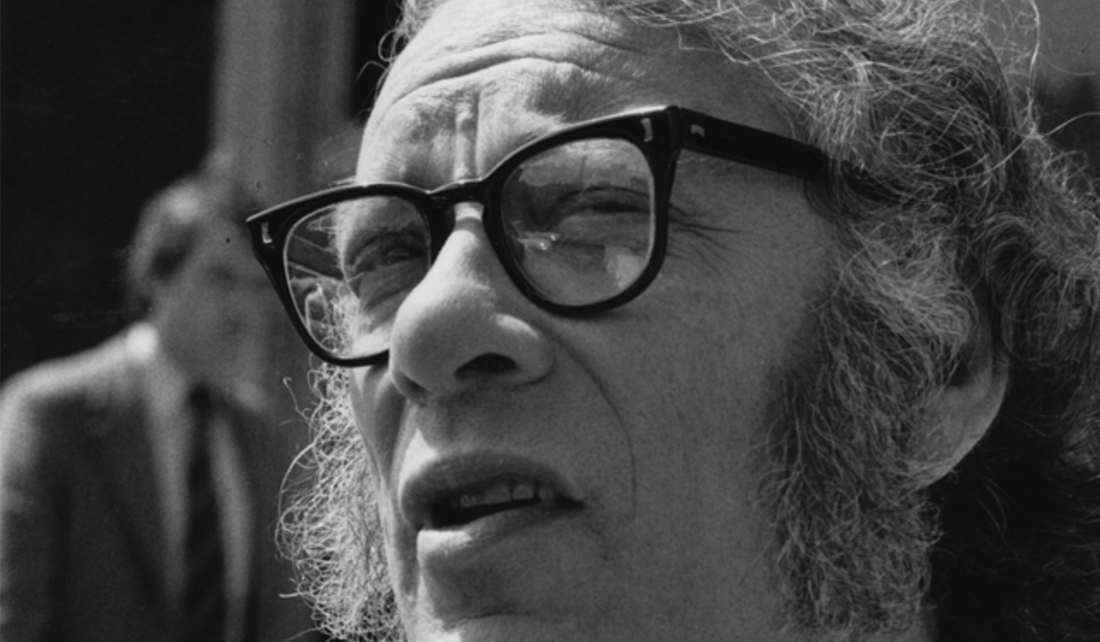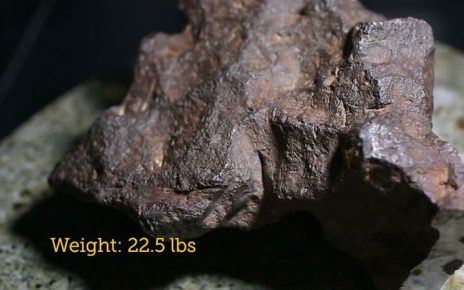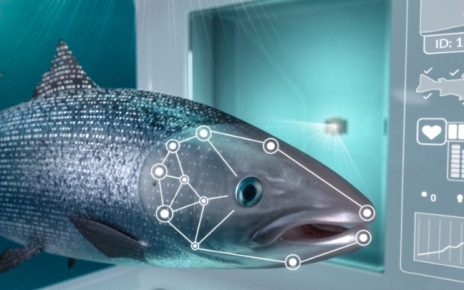About 35 years ago, to celebrate the coming of the year 1984 — made popular decades earlier by George Orwell’s dystopian novel — Isaac Asimov was asked to write about what the year 2019 might look like.
The famed futurist and author wrote of a world dominated by computers and robots, where technology has replaced teachers and industrial workers but also has created new opportunities for work and leisure. He also thought we’d all begin living and working in orbiting space stations right around now.
It was an exercise Asimov did more than once: In 1964 he made a number of predictions about life in 2014 that I reviewed five years ago.
In both cases, Asimov, who died in 1992, got a number of things right and others wrong.
Computers in control
‘While computers and robots are doing the scut-work of society so that the world, in 2019, will seem more and more to be ‘running itself,’ more and more human beings will find themselves living a life rich in leisure,’ Asimov wrote for the Toronto Star on New Year’s Eve in 1983.
Computers in day-to-day life were still a novelty to many people in 1984. In my elementary school at the time, almost all the computers were in a single room, a ‘lab’ that young minds were allowed to visit perhaps twice a week to spend a wondrous hour or two playing Oregon Trail.
The idea of a personal computer as a necessity was just beginning to take hold: Only 8.2 percent of US households had a computer in 1984, according to the US Census Bureau (PDF). By 2017, nearly 91 percent of households had some kind of computing device.

As to the familiar futurist’s trope that we’re ‘living a life rich in leisure’ as a result? I think most of us would scoff at this notion as we seem to work ever-longer hours. Then again the number of those hours that I, personally, work while in pajamas makes me wonder if we might take some advances for granted sometimes.
Asimov and others of his era were rightly obsessed with the potential of robots, which have led to the upheaval of the assembly line and other industrial functions as he predicted. It’s always a little amusing, however, that Asimov and others completely missed how computers have most influenced daily life in the 21st century — in the form of mobile devices.
In his 1983 essay, Asimov describes ‘an essential side product, the mobile computerized object.’ But here again, he’s referring not to phones or tablets but to robots that’ll be used in the home. And while we do have robot vacuums and smart speakers and digital assistants, they aren’t quite the android butlers and maids George Jetson employed and they aren’t nearly as popular as the central objects of our modern obsessions: our smartphones.

Still stuck on the surface
Asimov was also roughly half right on his predictions for space.
‘With the shuttle rocket as the vehicle, we will build a space station and lay the foundation for making space a permanent home for increasing numbers of human beings,’ Asimov wrote for the Star. ‘By 2019, the first space settlement should be on the drawing boards; and may perhaps be under actual construction.’
We did get the International Space Station built, but there’s little serious talk of creating entire settlements in orbit anytime soon. Of course, there is Elon Musk’s plan to build a city on Mars, which would probably have impressed Asimov.
Asimov thought we’d be busy mining the surface of the moon by now and refining lunar soil to build new settlements, factories and even huge solar power stations in orbit.
These are all ideas that are still discussed among so-called ‘new space’ entrepreneurs, and 2019 is set to bring about several new robotic missions to the moon. But they really amount to little more than baby steps toward Asimov’s grand vision of moon mining and civilized space.
He correctly foresaw that we’d be placing laboratories and observatories in orbit, which wasn’t much of a leap in 1983 since Asimov had already seen the rise and dramatic fall of Skylab by then.
All in all, we haven’t come quite as far as Asimov hoped. But I think he’d understand, given some of the challenges we now face.
Just two and a half years after writing his ‘1984’ essay about 2019, he wrote another set of darker predictions about a future coping with a changing climate, rising sea levels and the possibility of society itself collapsing.
In that essay he offers another grim prediction, this time for 2020, that we should hope doesn’t come true. He warned that levels of carbon dioxide in the atmosphere could reach a devastating 600 parts per million by next year. Instead we’re at 400 parts per million, which has already brought significant changes around the globe. Like much of what Asimov predicted, it seems bound to come true eventually. Hopefully that’s not the case in this instance.




